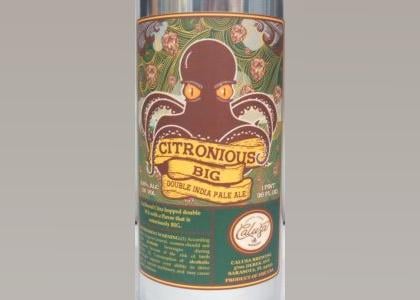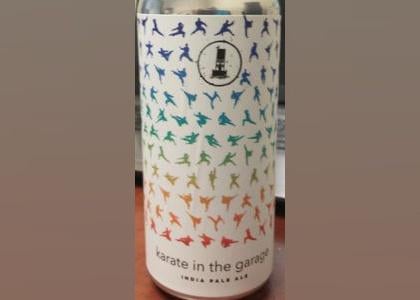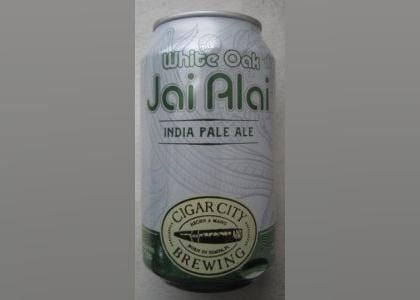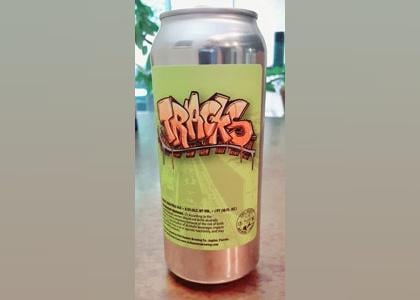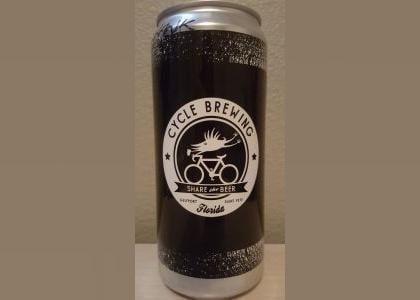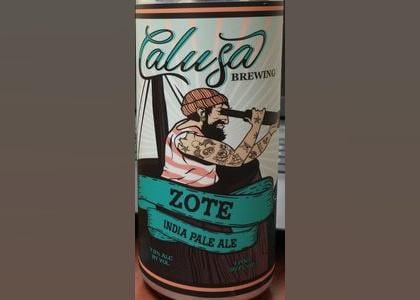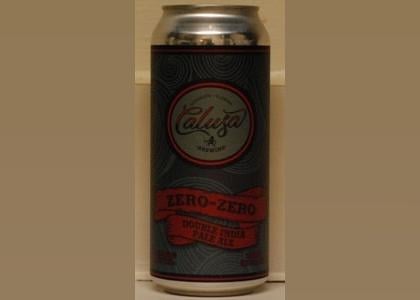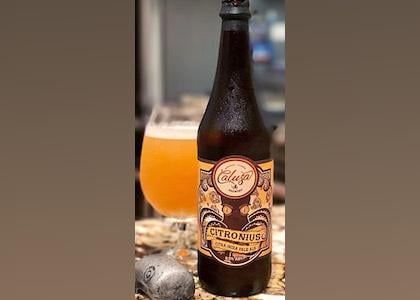The craft beer revolution has taken a major bite out of macrobrew’s traditional dominance of the national palette, and India pale ale is perhaps the most popular category to find traction in its wake. A wide range of flavor profiles and varieties—not to mention a generally higher alcohol content—make what constitutes an IPA a much more diverse profile than the average lager, which tend to run thinner, less hoppy, and in some cases wheatier.
A full breakdown of precisely what makes an IPA an IPA is as complex as the process of its creation. Some brands position themselves by the “type” of IPA they are—session, double IPA, dry hopped, double dry hopped, and so forth; others focus on the region or state in which they are created, which explains East and West Coast varietals as well as Belgian and British IPAs. India pale ale actually takes its origins from the British Isles. During the British colonial era, the intense heat and humidity of then-colony India made the brewing of a sustainable beer impractical, particularly one that could withstand the months-long sea voyage from India to Britain, but that didn’t mean British sailors didn’t still need a drink. Thus—as hops are a preservative—a heavily hopped beer was devised, and now centuries later there exists a mass spectrum of hoppy, deeply profiled, occasionally fruity ales that have a loyal following.


